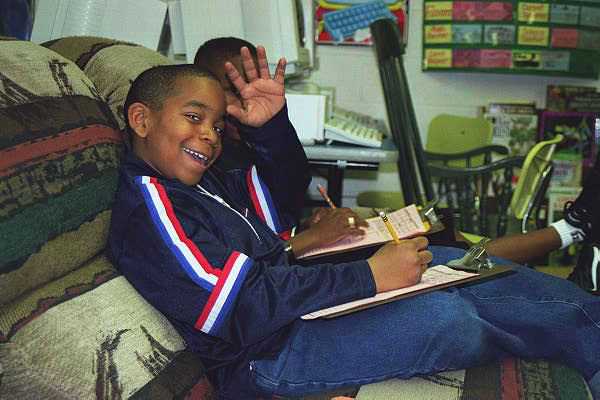 Creating better schools?
Creating better schools?  Creating better schools?
Creating better schools?
In recent years,
many have called for improvement in public schools, decrying the poor achievement
of many students, particularly students who have low incomes,
disabilities, or other factors that place them at risk. A Nation at Risk under
George Bush senior set the stage for the Goals 2000 legislation during the
Clinton administration, and culminating in the passage of the No Child Left
Behind Act (NCLB) under George W. Bush.
Do schools need improvement? Virtually all analysts agree that they do. However,
some disagree that schools have become suddenly worse or that the United States
is at a competitive disadvantage. But most agree that students who are poor,
have disabilities, are at risk, or highly able and gifted, often don’t
receive appropriate education.
The debate has grown stronger with the passage of No Child Left Behind (NCLB) regarding how we meet the needs of diverse students. While there has always been a wide spectrum of abilities in almost every classroom, the assumed “typical” student has become increasingly rare in recent years. Parents of students who are have high abilities have long pressed for improved opportunities in school. NCLB acknowledges the existence of diverse students by placing explicit emphasis on demographic subgroups: members of some racial and ethnic groups, students with limited English language proficiency, students with disabilities, and students deemed “at-risk”.
Different policy
initiatives have taken somewhat different approaches to improving education.
NCLB extended
the standards movement begun under the
Goals 2000
legislation, to focus on several interactive policy measures: (1) setting
standards for each grade level -- in practice, lists of information and
skills, (2) establishing
standardized tests from grades 3-8, (3) and providing repercussions when
students do not meet expectations. These
begin with letting parents know that their
school is a ‘failing’ school to reconstitution of the school
staff.
Legislation related to students with disabilities took a different approach.
In 1975, the Education for All Handicapped Children developed a revolutionary policy – that all students should be educated by public schools no matter the severity of their disability in the “least restrictive environment”, the regular class supplemental services being the preferred placement. The legislation, now known as the Individuals with Disabilities Education Act (IDEA) centers on the development of Individualized Educational Programs (IEP) for students with disabilities based on their needs, ‘least restrictive environment’, assurance that parents have a right to due process when disagreements occur, and that all students have the right to a ‘free and appropriate public education’.
For all the fanfare about identifying outcomes of learning (standards) and the accountability of schools to produce such outcomes, there has been relatively little discussion in policy about how effective schooling and teaching practices actually look. The closest to such dialogue is related to the development of early reading where direct instruction via phonemic awareness and phonics has won the short-term political war against those promoting more student-centered approaches. Clearly, if we want to create schools in which all children succeed to their highest abilities, then we must understand what practices support such outcomes and what practices are detrimental. That has been the role of our work in “Whole Schooling”.
Michael Peterson, 2005